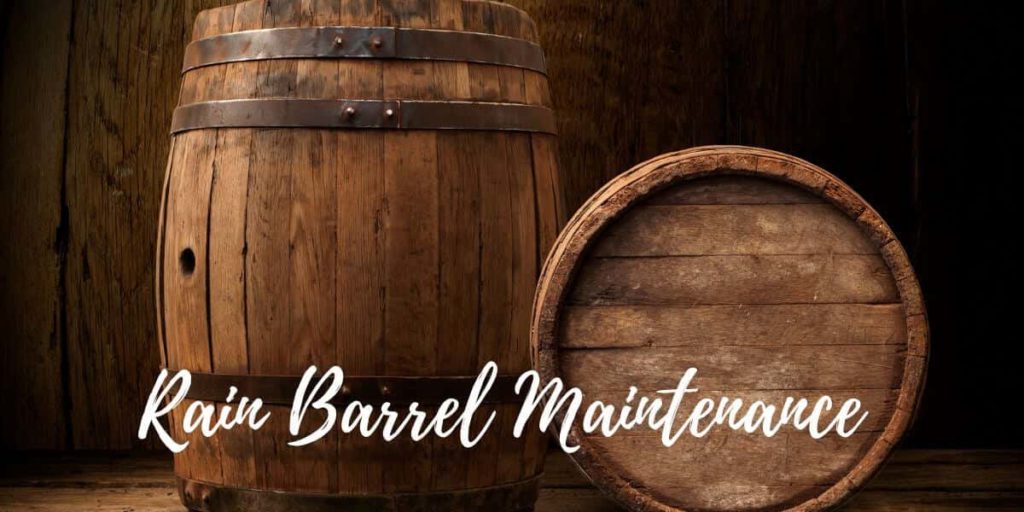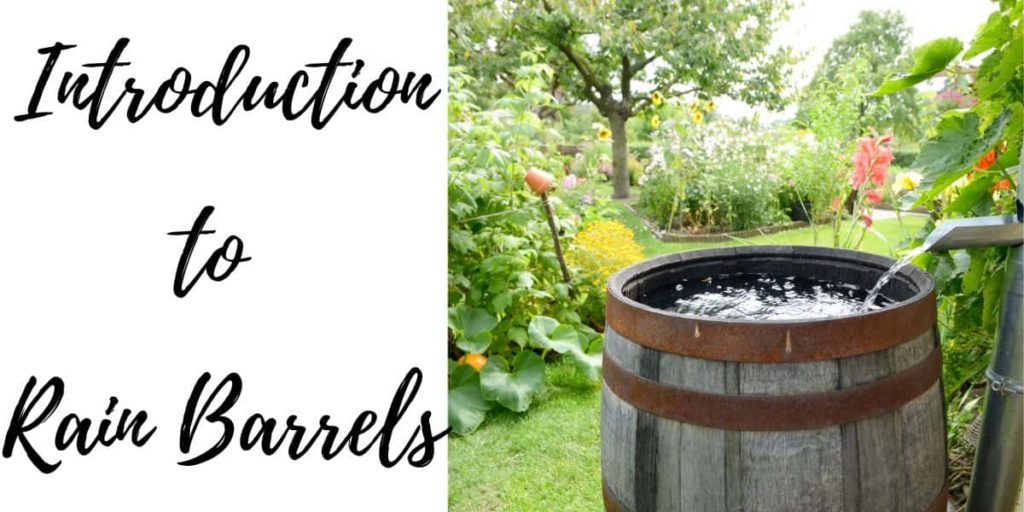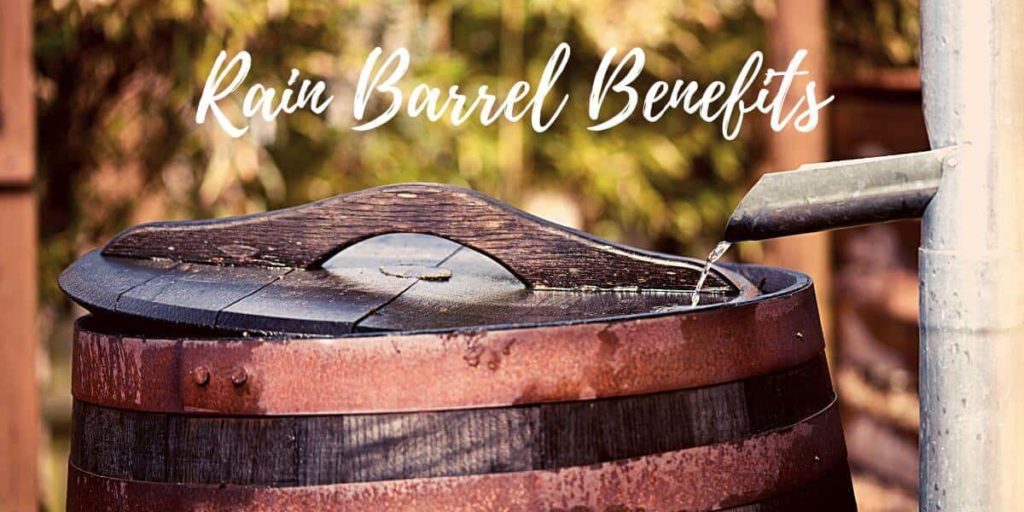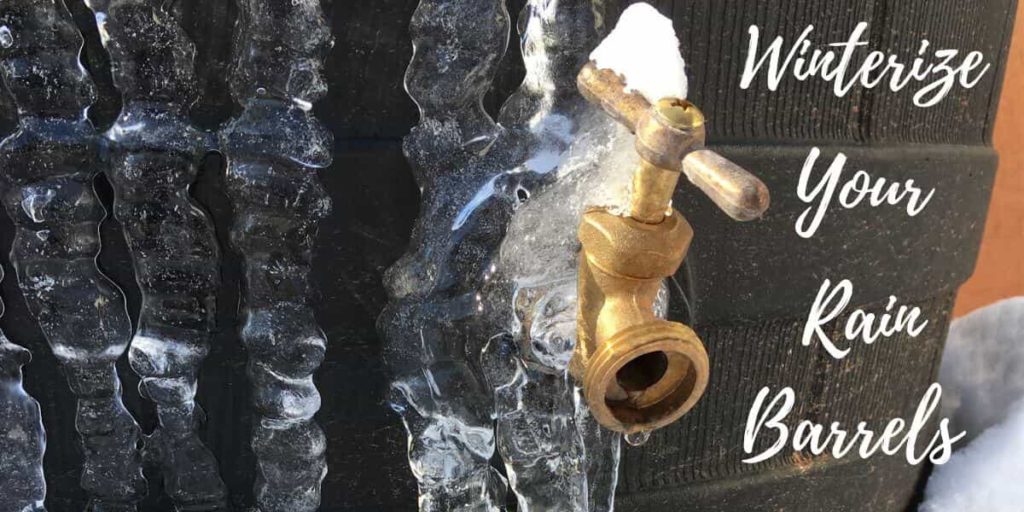Rain barrels are a great way to conserve water and reduce your environmental footprint, but they do require some maintenance to keep them functioning properly. Over time, debris and sediment can build up in the barrel, which can impact the quality of the water and even lead to clogs in your gutter system.
Whether you’re a seasoned rain barrel user or just starting out, these tips will help you keep your barrel in top condition and enjoy all the benefits of harvesting rainwater.
In this blog post, we’ll cover some essential maintenance tips and tricks to keep your rain barrel in top condition throughout the year.
From cleaning and sanitizing to winterizing, we’ll guide you through the steps to ensure your rain barrel continues to provide you with an abundant source of clean water for your garden and other outdoor needs. Let’s get started!
Why do I need to maintain my rain barrel?
If you’re a homeowner or gardener who uses a rain barrel to collect and store rainwater, you already know how beneficial they can be for the environment and your wallet. However, like any other equipment, rain barrels require regular maintenance to function efficiently and effectively.
Maintaining a rain barrel is important for several reasons.
Firstly, rain barrels can collect a lot of debris over time, including leaves, twigs, and dirt, which can clog the barrel and prevent water from flowing properly. This can cause the barrel to overflow, leading to potential water damage or flooding.
Secondly, stagnant water in a rain barrel can attract mosquitoes and other pests, which can be a health hazard. Regular maintenance of the barrel can prevent these issues from occurring.
Additionally, maintaining the quality of the water in your rain barrel is important if you plan on using the water for gardening or other purposes. If the water becomes contaminated or polluted, it can harm plants and potentially even pose a health risk to humans or animals. Overall, regular maintenance of a rain barrel is crucial to ensuring its proper functioning, preventing damage, and preserving the quality of the water collected. While neglecting maintenance can lead to problems such as leaks, clogs, and bacterial growth, which can affect the quality of the water and the longevity of the barrel.
How often do I need to empty my rain barrel?
The frequency with which you should empty your rain barrel depends on several factors, including the size of your barrel, the amount of rainfall in your area, and your water usage.
In general, it’s a good idea to empty your rain barrel regularly to prevent overflow and mosquito breeding, and to ensure that you have fresh water available for your plants.
As a rule of thumb, you should aim to empty your rain barrel at least once a month, especially during the rainy season.
Size of the barrel:
The size of your rain barrel will affect how often you need to empty it. Smaller barrels, such as those with a capacity of 50 gallons, will fill up faster than larger barrels with a capacity of 100 gallons or more. If you have a smaller barrel, you may need to empty it more frequently, especially if you live in an area with high rainfall. Larger rain barrels may be able to hold more water for longer periods of time.
Amount of rainfall:
The amount of rainfall in your area will also impact how often you need to empty your rain barrel. If you live in a region that receives a lot of rainfall, your barrel may fill up quickly, and you may need to empty it more frequently. If you live in a drier region with less rainfall, you may not need to empty your barrel as often.
Water usage:
You may also need to empty your rain barrel more frequently if you use a lot of water.
Your water usage will also play a role in how often you need to empty your rain barrel. If you use a lot of water, you may need to empty your barrel more frequently to ensure that you always have fresh water available for your plants. On the other hand, if you use less water, you may be able to go longer between emptying your barrel.
Time of year:
The time of year will also affect how often you need to empty your rain barrel. During the rainy season, your barrel may fill up more quickly, and you may need to empty it more often. In the drier months, you may not need to empty your barrel as frequently.
Overall, it’s a good idea to monitor the water level in your rain barrel regularly and empty it as needed. This will help ensure that you always have fresh water available for your plants, and that your barrel doesn’t overflow or become a breeding ground for mosquitoes.
How to clean a rain barrel in simple steps
Cleaning a rain barrel is an important task to ensure that the water collected is clean and safe to use. Here are some simple steps to clean a rain barrel:
Empty the barrel:
Start by emptying the rain barrel completely. To do this, you can either use the water in your garden or lawn, or you can empty it onto a nearby tree or other plants. Make sure the hose is turned off and remove any attachments.
Remove debris:
Once the barrel is empty, remove any debris such as leaves, twigs, or dirt from the inside of the barrel using a scrub brush or a garden hose. If you use a scrub brush, choose a soft-bristled brush so that you don’t damage the barrel.
Scrub the barrel:
Mix a solution of water and mild soap. Use a scrub brush or a cloth to scrub the inside of the barrel with the solution. You can use any mild soap such as dish soap, but avoid using any harsh chemicals. Scrub thoroughly to remove any remaining dirt, grime, or algae.
Rinse the barrel:
Rinse the inside of the barrel thoroughly with a garden hose. Make sure that all the soap residue is washed away, and the water runs clear. Rinse the barrel well enough to get rid of any dirt, soap, or debris.
Disinfect the barrel:
Mix a solution of 1 part bleach to 10 parts water. You can also use white vinegar instead of bleach. Use a scrub brush or a cloth to scrub the inside of the barrel with the solution. This will help disinfect the barrel and kill any remaining bacteria or algae. Allow the bleach solution to sit inside the barrel for 10-15 minutes then take the next step below.
Rinse again:
Rinse the barrel thoroughly with a garden hose to remove any bleach or vinegar residue. Make sure that the water runs clear before using the barrel again. It is crucial to remove all the disinfectant completely from the barrel.
Place the rain barrel back in its position:
Take your rain barrel back to its position and install all the attachments that were removed for cleaning purposes. Your rain barrel is now clean and ready to collect water for your garden or lawn. Moreover, your rain barrel is cleaned and disinfected properly, ensuring the safe use of the water it collects.
Maintaining a rain barrel may require some effort, but the benefits of doing so are well worth it. By keeping your barrel clean and free of debris, and regularly inspecting it for damage, you can ensure that your rain barrel continues to function properly and provide you with a reliable source of water for all of your outdoor needs.
Proper maintenance can also help to prevent damage to your gutter system and protect the quality of the water you collect. By following the tips and techniques outlined in this post, you can enjoy the many benefits of using a rain barrel while minimizing the potential for problems and ensuring that your barrel lasts for years to come. So take the time to give your rain barrel the attention it deserves, and you’ll be rewarded with a sustainable and cost-effective way to conserve water and reduce your environmental footprint.



